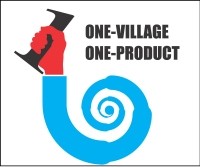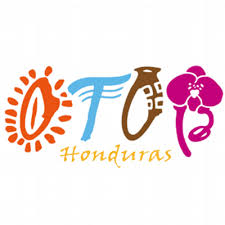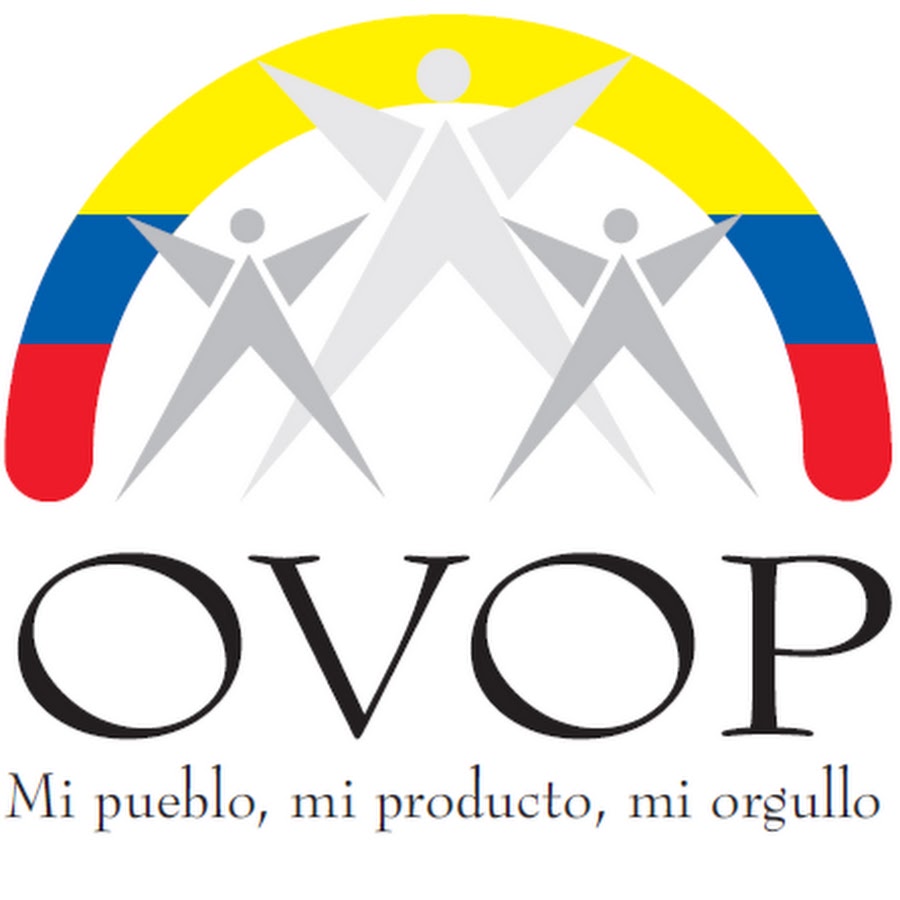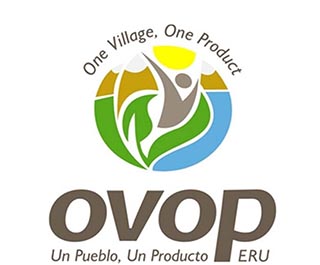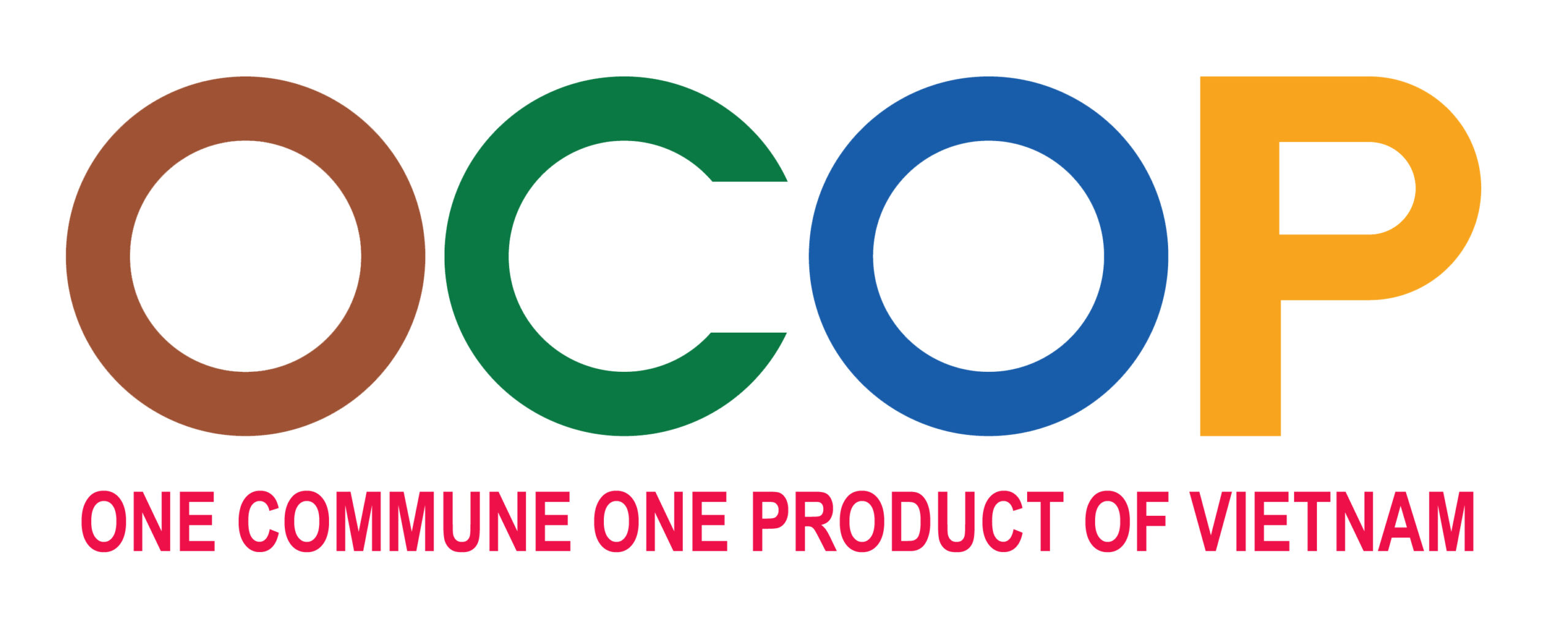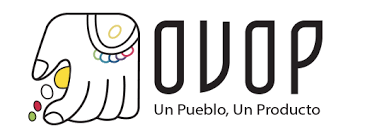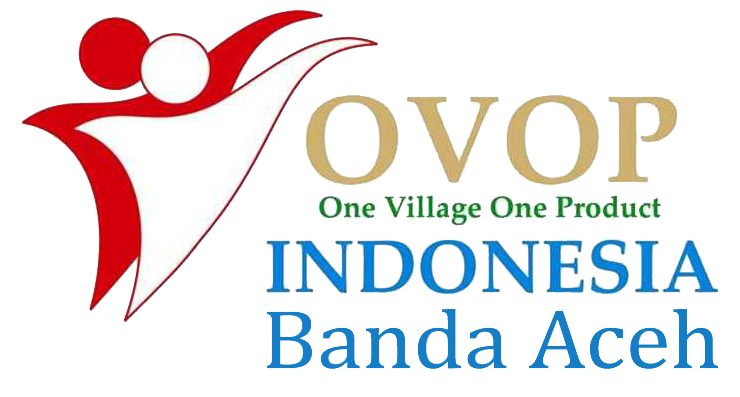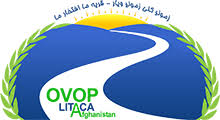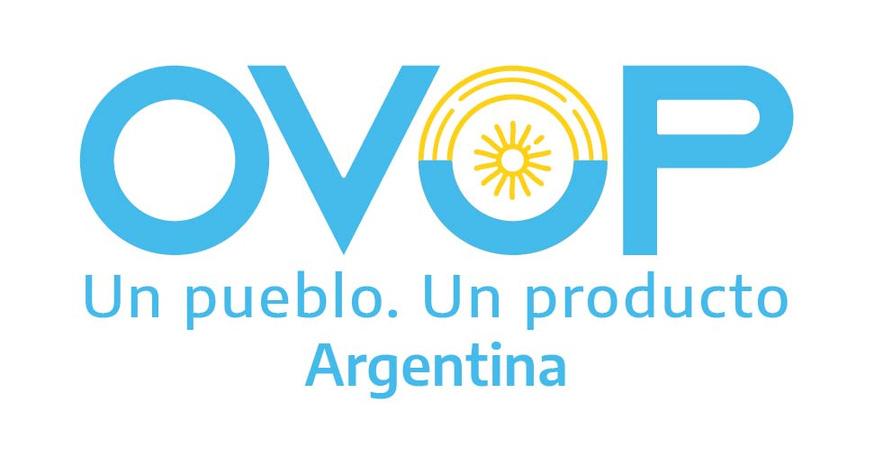Tourism is one of the fastest growing and most important economic sectors in the world providing benefits to both host communities and destination areas. In 2017, international tourist arrivals reached a new record high at over 1.3 billion according to the latest UNWTO Tourism Highlights. The sector has now seen uninterrupted growth in arrivals for eight straight years. It also represents 10.4% of GDP and in 2017 the tourism industry supported 313 million jobs or 1 in 10 jobs globally.
The digital revolution has had a profound impact on tourism in the EU. While in the past many customers booked their trips in high-street travel agencies, nowadays they tend to plan and book trips on their own through online travel agencies or search and meta-search engines, and are making increasing use of mobile technology and apps. Digital technologies have also provided people an opportunity to share their travel experiences through personal exchanges on social media platforms, travel blogs or through commercial channels such as TripAdvisor. Social media platforms have been particularly influential in shaping younger people’s tourism-related decisions. Furthermore, real-time software is making it easier for tourists to travel to places whose language they do not speak. Most establishments serving tourists have understood the need to use digital technologies. The majority of tourism businesses have access to the internet and have a website or a homepage. In 2015 99 % of businesses in the EU tourist accommodation sector had access to the internet, 95 % had a website or a homepage, and 74 % provided online reservation or booking options.
Many undertakings serving tourist needs also offer various online and automated services. Most airports, in major European cities in particular, nowadays offer online check-in, self-check-in kiosks and mobile boarding passes. Automation and robots are also used in the hospitality sector, for instance, to allow guests to check in, to answer customers’ questions, to offer information on local attractions, weather or flights, or to offer virtual tours of a hotel. Some restaurants even use robots to serve food. Others have replaced their paper menus with tablets. Several museumsin Europe use virtual and/or augmented reality to attract more visitors. For instance, the International Centre for Cave Art in south-west France recreates precisely the atmosphere of the Lascaux caves’ interior and paintings. The centre also offers a 3D animated film which allows to revisit past climate cycles and their consequences for people and animals. The tourism sector has also started using driverless vehicles. For example, the Caves of Han in Belgium launched a pilot project in September 2018 to transport visitors from the car-park to the entrance of the caves with a driverless shuttle bus.
While the digital revolution has brought some conveniences to tourists and to travel and tourism businesses, it has also offered them challenges, in particular with the emergence ofthe collaborative economy (also referred to as the sharing, shared, peer or access economy). A growing number of individuals are proposing to temporarily share with tourists what they own (for example,their house or car) or what they do (for example, dining or excursions) via online platforms. This growth has been most notable in the accommodation and transport sector, but has also affected other areas such as excursions and meals. Home-sharing platforms are now significant competitors to the hotel industry, and car-sharing platforms to taxis. However, concerns have been raised over the quality and regulation of these online platforms. Some EU countries have tried to regulate or ban them, while others are still thinking on how to best respond to this recent trend.







